25 Custom Treatment Techniques for Anxious and Depressed Clients by Margaret Wehrenberg
$219.99 $62.00
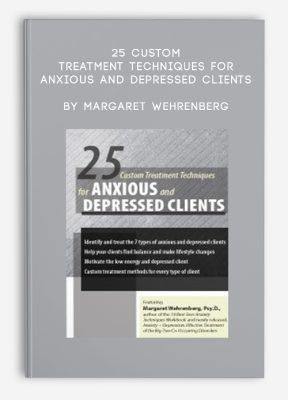
25 Custom Treatment Techniques for Anxious and Depressed Clients by Margaret Wehrenberg
**More information:
Get 25 Custom Treatment Techniques for Anxious and Depressed Clients at Salaedu.com
Description
Anxiety and depression are the most common of exhibiting symptoms and present a special challenge when they co-occur in the same client—which they often do. Caught in a mix of symptoms that affect their ability to respond to treatment, different clients require different approaches. Join national speaker and author, Dr. Margaret Wehrenberg, as she identifies seven types of anxious and depressed clients and delivers over 25 custom treatment techniques you can use immediately.
Based on her extensive clinical experience and solid foundation in research, Dr. Wehrenberg will give you the tools to:
- Motivate the Low Energy Client
- Redirect the mental energy of the Hopeless Ruminator
- Calm the Panicky Depressive
- Introduce choice with the Worried and Exhausted
- Break the routines of the Quiet Avoider
- Teach balance to the High Energy and Depressed client
- Challenge the beliefs of the Highly Anxious
Clinicians will learn the hallmarks of these variations of co-morbid anxiety and depression and will be able to apply treatment approaches that really work to resolve them.
Comorbidity of Anxiety and Depression
- Unique challenges
- Tips to enhance the therapeutic relationship
- Interactions of symptoms
- Assessment
- Types of anxious & depressed clients
- Traits
- Lifestyle
- Customize approach for each type
25 Customized Treatment Strategies for each Type
- Low Energy & Depressed
- Raise energy
- Gets the train rolling
- Use future energy
- Change hopeless/helpless meta-cognitions
- Hopeless Ruminators
- Redirect & shift internal locus of control
- Breakdown “I won’t”
- Alter helpless explanatory style
- Worried & Exhausted
- Denial & choice
- Examine values
- Prevent burnout
- Transfer worry & build brain circuitry
- Panicky & Depressed
- Predict, Prevent and prepare
- Stop catastrophic thinking
- Calming techniques
- Analyze themes of depression over failures and guilt
- Quiet Avoiders
- Self-isolation reinforces depression
- Control social anxiety
- Change inner dialogue
- Provide & practice new scripts
- Unlearn fear & build positive experiences
- High Energy & Depressed
- Breakdown perfectionism and over-activity
- Personal balance wheel
- Accept alternate plans and outcomes
- High Anxiety
- Special attention to worry
- Stop rumination
- Contain worry
- Effective cognitive tools
More information about Medical:
Medicine is the science and practice of establishing the diagnosis, prognosis, treatment, and prevention of disease.
Medicine encompasses a variety of health care practices evolved to maintain and restore health by the prevention and treatment of illness.
Contemporary medicine applies biomedical sciences, biomedical research, genetics, and medical technology to diagnose, treat, and prevent injury and disease,
typically through pharmaceuticals or surgery, but also through therapies as diverse as psychotherapy, external splints and traction, medical devices, biologics, and ionizing radiation, amongst others.
Medicine has been around for thousands of years, during most of which it was an art (an area of skill and knowledge) frequently having connections to the religious and
philosophical beliefs of local culture. For example, a medicine man would apply herbs and say prayers for healing, or an ancient philosopher and physician would apply bloodletting according to the theories of humorism.
In recent centuries, since the advent of modern science, most medicine has become a combination of art and science (both basic and applied, under the umbrella of medical science).
While stitching technique for sutures is an art learned through practice, the knowledge of what happens at the cellular and molecular level in the tissues being stitched arises through science.
1 review for 25 Custom Treatment Techniques for Anxious and Depressed Clients by Margaret Wehrenberg
Add a review Cancel reply
Related products
HEALTH - FITNESS - LIFESTYLE - MEDICAL
HEALTH - FITNESS - LIFESTYLE - MEDICAL
HEALTH - FITNESS - LIFESTYLE - MEDICAL
HEALTH - FITNESS - LIFESTYLE - MEDICAL
Complete Certified Professional Coach Online Course from Berry Fowler
HEALTH - FITNESS - LIFESTYLE - MEDICAL
Somatic Interventions for Treating Complex Trauma with Janina Fisher, Ph.D. from Janina Fisher
HEALTH - FITNESS - LIFESTYLE - MEDICAL
HEALTH - FITNESS - LIFESTYLE - MEDICAL

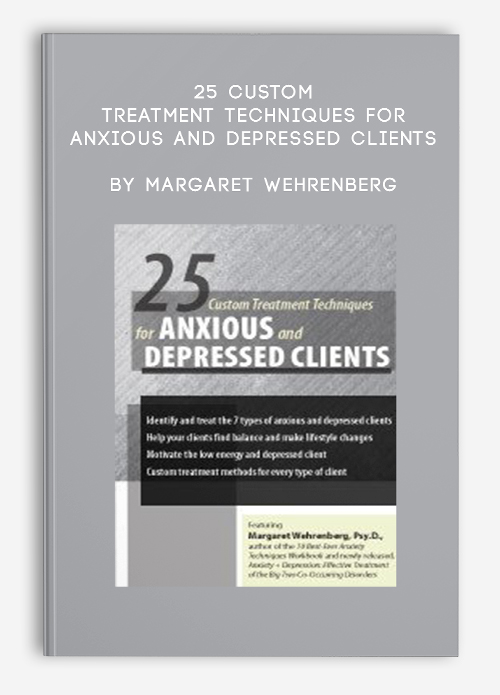
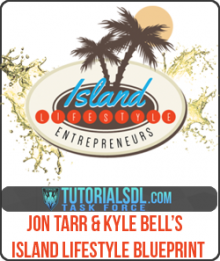
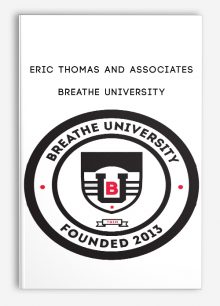
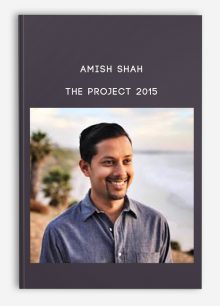
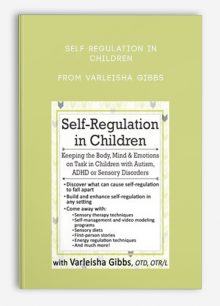

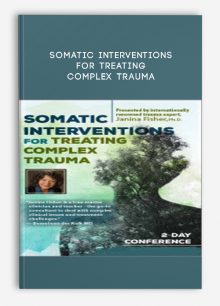


Trevis Trevis –
This is one of the most beautiful website and you can check the reviews of my website here: https://salaedu.com/clients-proof-and-reviews/